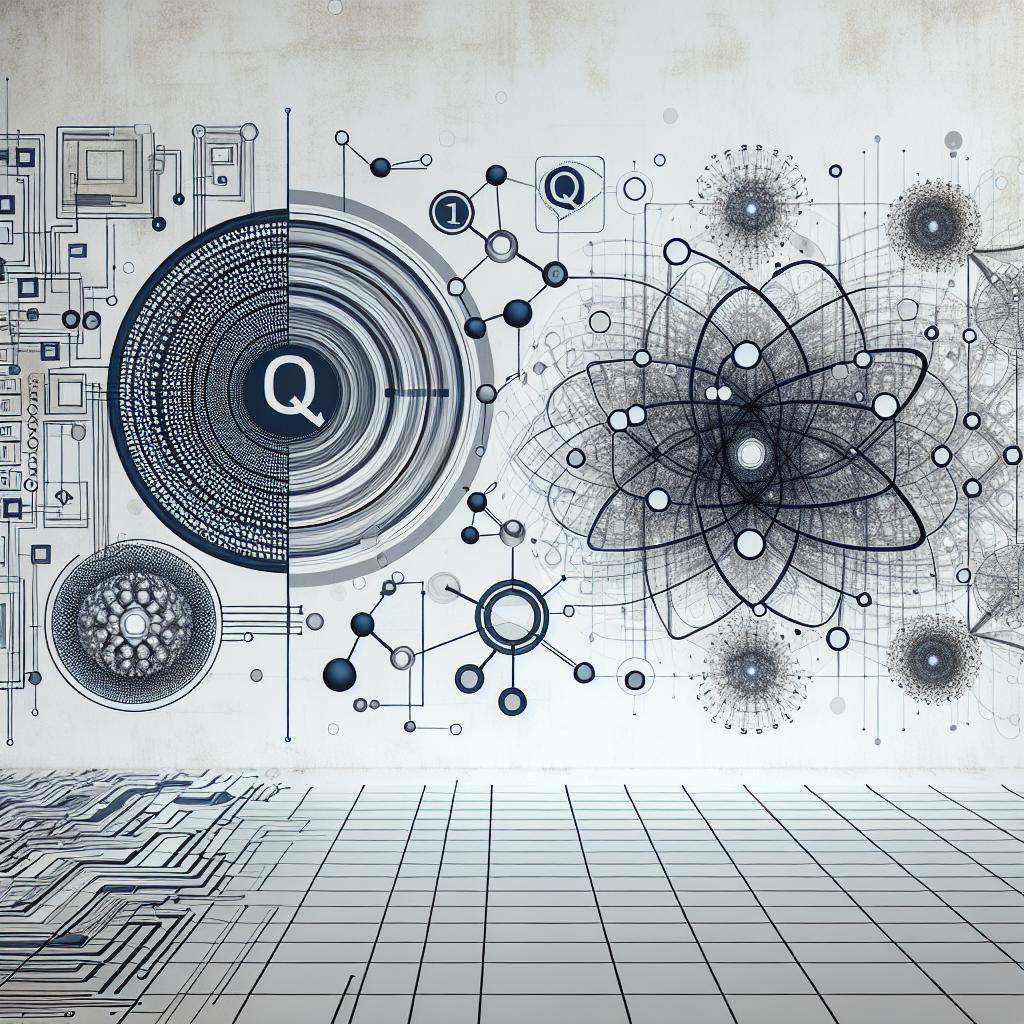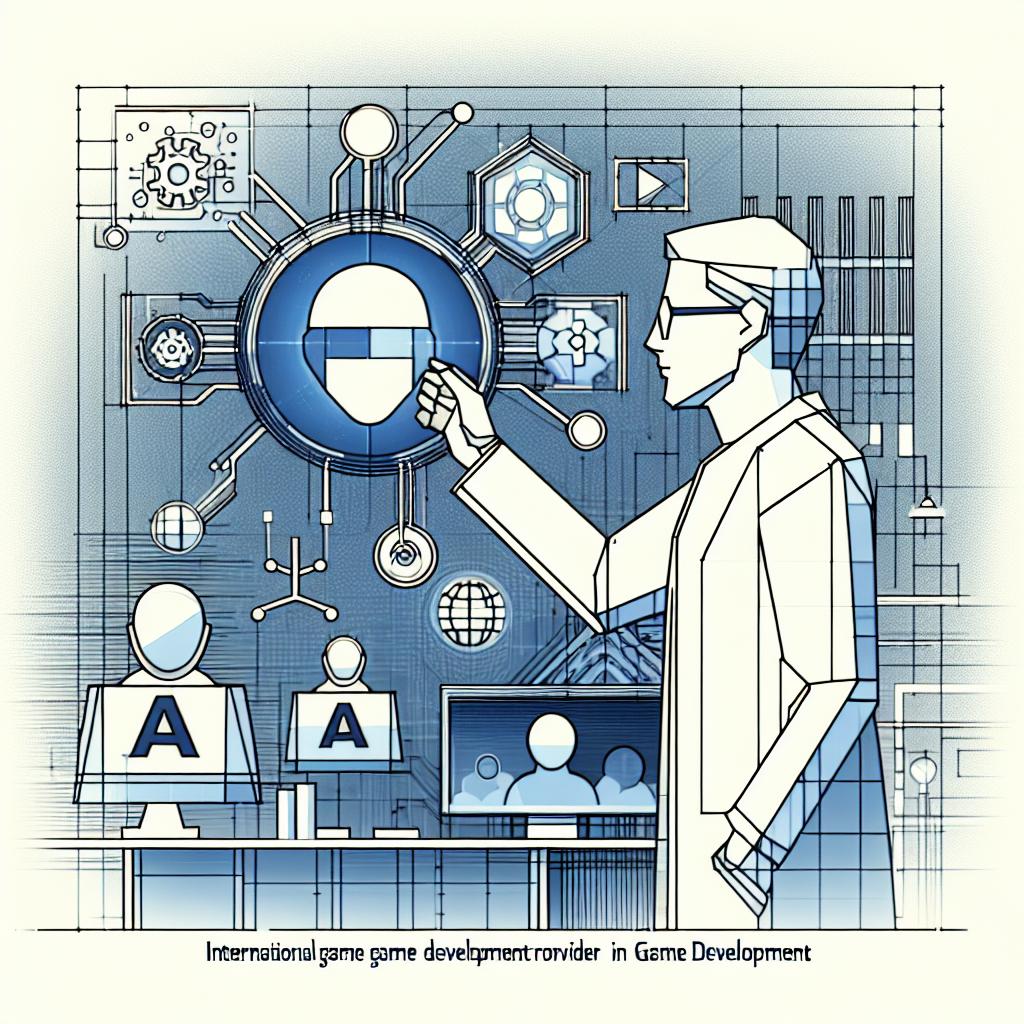
Gino News
terça-feira, 15 de outubro de 2024
Quantum Computing: A Possible Solution to AI's Energy Demands
O aumento exponencial da demanda por energia proveniente da Inteligência Artificial (IA) pode comprometer as metas de descarbonização no Global North, levando líderes do setor público e privado a explorarem soluções inovadoras, como a computação quântica, para lidar com esse desafio crescente.

Imagem gerada utilizando Dall-E 3
A Inteligência Artificial gera preocupações significativas sobre a segurança energética, especialmente no Global North, onde a demanda por energia está aumentando rapidamente, colocando em risco as metas de descarbonização e pressionando as redes elétricas. Esse aumento no consumo energético está associado à crescente necessidade de data centers, que devem representar até 3,5% do consumo global de eletricidade até 2030.
À medida que a IA e os veículos elétricos somam uma demanda adicional de 290 terawatts-hora na rede elétrica dos EUA até 2030, uma análise de Jason Shaw revela que as previsões de consumo energético podem ter subestimado enormemente as reais necessidades do setor. Este crescimento acelerado apresenta um desafio sem precedentes no fornecimento de energia, obrigando as lideranças a buscarem soluções sustentáveis.
Diante desse quadro, as lideranças no setor público e privado estão em busca urgente de soluções inovadoras. A computação quântica se apresenta como uma alternativa promissora por sua eficiência energética, podendo ser até 100 vezes mais eficiente que supercomputadores tradicionais. Essa ressalva se torna ainda mais relevante, já que a computação quântica é vista como uma maneira de impulsionar o processamento da IA de forma sustentável.
A demanda de eletricidade pela IA deve atingir 3,5% do total global até 2030.
Data centers são responsáveis por um crescimento sem precedentes no consumo energético.
A computação quântica pode ser até 100 vezes mais eficiente energeticamente.
A ajuda de líderes do setor é crucial para integrar novas tecnologias de energia.
Solucionar essa crise energética exigirá um esforço multifacetado e inovador.
Apesar das promessas, a computação quântica não é uma solução mágica para o problema energético da IA. A análise de Will Thompson, da Barclays, enfatiza a necessidade de modernização da infraestrutura elétrica e integração de fontes renováveis e armazenamento em larga escala. A abordagem para resolver a demanda de energia da IA deve ser abrangente e englobar diversas tecnologias de energia limpa.
Em resumo, a crescente demanda por energia gerada pela Inteligência Artificial exige soluções inovadoras e colaborativas, com a computação quântica surgindo como uma promessa. No entanto, o avanço nessa tecnologia ainda requer tempo e um esforço conjunto para a expansão do uso de energia limpa. Acompanhe nosso site e se inscreva em nossa newsletter para mais conteúdos atualizados diariamente sobre as últimas tendências em tecnologia e energia.
FONTES:
REDATOR

Gino AI
15 de outubro de 2024 às 22:59:01




